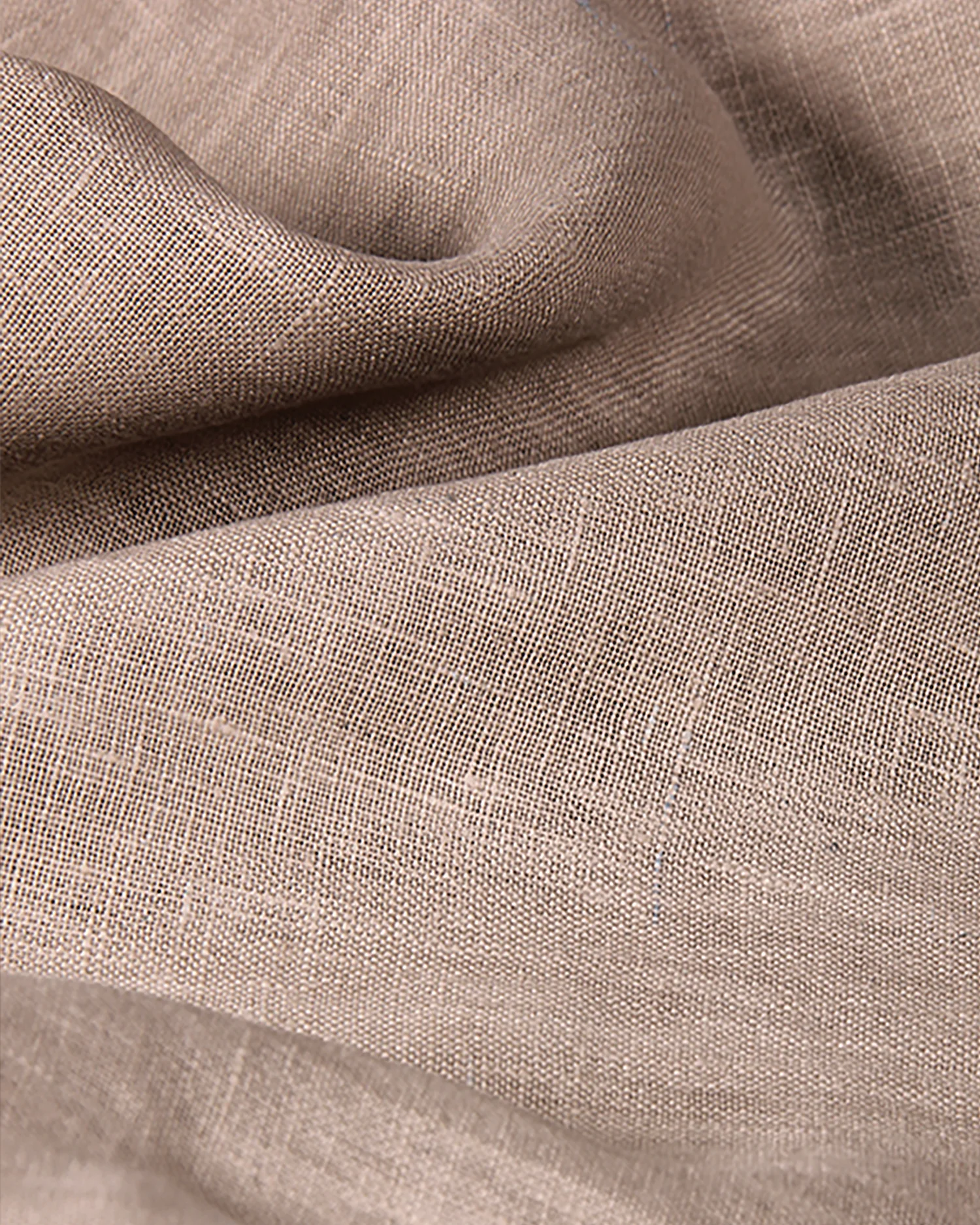How Long Will Your Clothes Take to Decompose?
- bellactliu
- Sep 28, 2023
- 2 min read
Updated: Oct 4, 2023

As our world becomes increasingly conscious of environmental sustainability, it's crucial to consider the impact of our choices, even when it comes to the clothes we wear. One significant aspect of this impact is how long different fabrics take to decompose once discarded. Understanding the decomposition rates of various textiles can help us make more eco-friendly choices in our wardrobes. Let's explore the decomposition times of different fabrics, ranging from linen and silk to synthetic materials like polyester.
Linen, Silk, and Hemp (2 weeks)
Linen Silk Hemp
Linen, silk, and hemp are natural fibers derived from plant sources. These materials decompose relatively quickly, usually within just two weeks when disposed of in a landfill. Their organic nature allows microorganisms in the soil to break them down easily, making them excellent choices for sustainable fashion.
Cotton (6 months)

Cotton, another natural fiber, takes slightly longer to decompose compared to linen, silk, and hemp. On average, cotton fabric can break down in about six months in a landfill environment. However, this decomposition time can vary depending on the conditions and how densely the landfill is packed.
Wool and Bamboo (1-5 years)
Wool Bamboo
Wool, sourced from sheep, and bamboo, a sustainable plant-based fabric, have decomposition times ranging from one to five years. These fabrics contain natural proteins and cellulose, which are eventually broken down by microorganisms. The decomposition rate may depend on factors such as humidity and temperature.
Leather (25-40 years)

Leather, made from animal hides, decomposes at a much slower rate. It can take anywhere from 25 to 40 years to break down. The durability of leather, while appealing for long-term use, means it has a more extended environmental footprint when discarded.
Nylon (30-40 years)

Nylon is a synthetic material commonly used in textiles like stockings and sportswear. Its decomposition rate falls between 30 to 40 years. Unlike natural fibers, synthetic materials like nylon are not easily broken down by microorganisms, contributing to longer decomposition times.
Lycra (200 years)

Lycra, a synthetic fabric known for its stretchness, has a particularly slow decomposition rate. It can persist in landfills for up to 200 years before fully breaking down. This extended decomposition period is due to the synthetic polymers used in its production.
Polyester (200+ years)

Polyester, another synthetic fabric widely used in clothing, shares a similarly prolonged decomposition timeline with Lycra. It can take over 200 years to degrade fully. The resilience of synthetic materials like polyester poses significant challenges for our environment.
To make more sustainable choices in our lives, understanding the decomposition rates of different fabrics is essential when it comes to our clothing choices. We can opt for natural fibers, support sustainable and ethical fashion brands, and practice responsible consumption by recycling or upcycling clothing whenever possible. Ultimately, by making informed choices about the materials we wear, we can collectively work towards a more sustainable and environmentally friendly future.











Comments